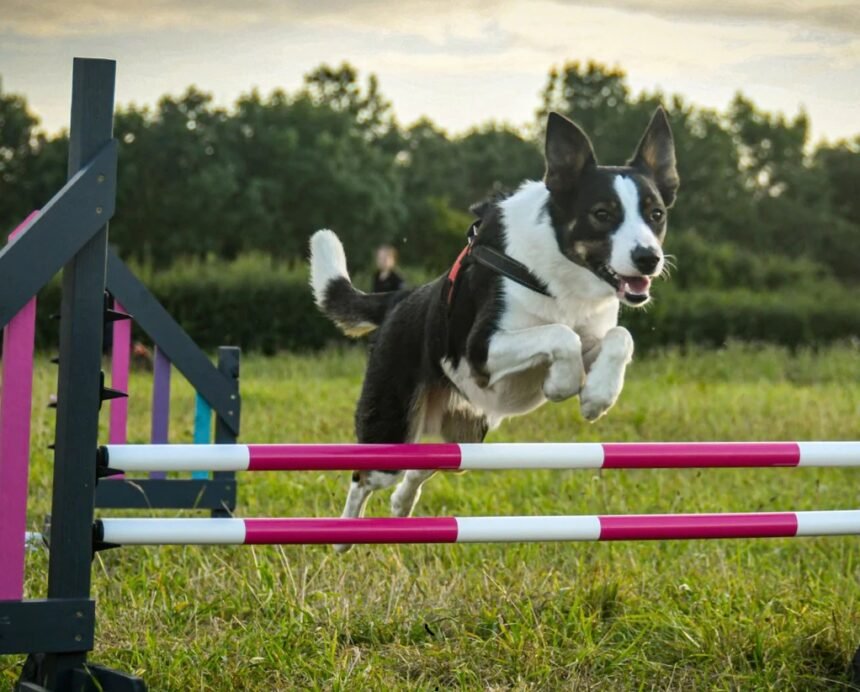Essential Equipment for Agility Training
As you embark on your journey into agility training with your furry companion, it’s crucial to have the right equipment to ensure a safe and enjoyable experience. In this section, we’ll explore the essential equipment needed for agility training and provide guidance on selecting the best gear for your dog.
Agility Course Components
- Hurdles: Hurdles, also known as jumps, come in various heights and designs. Adjustable hurdles allow you to modify the height as your dog progresses in training.
- Tunnels: Agility tunnels are typically made of durable fabric and come in various lengths and shapes, such as straight, curved, or collapsible tunnels.
- Weave Poles: Weave poles are a series of upright poles that dogs must weave in and out of. You can choose between 6-12 poles depending on your dog’s skill level.
- A-Frame: The A-frame is an inclined ramp that dogs climb up and down. It’s an essential component of agility courses.
- Dog Walk: The dog walk consists of a narrow, elevated plank with ramps at both ends. It requires balance and coordination.
- Seesaw (Teeter-Totter): The seesaw is a challenging obstacle that requires dogs to balance and control as they walk to the tipping point.
- Pause Table: The pause table is a raised platform where dogs must stop and wait for a set period, demonstrating obedience and control.
Selecting Quality Training Gear
When choosing equipment for agility training, prioritize safety and durability. Here are some tips:
- Safety First: Ensure that all equipment is well-constructed, with no sharp edges or loose parts that could cause injury to your dog.
- Adjustable Features: Look for equipment with adjustable features, such as jump heights and tunnel lengths, to accommodate your dog’s skill level.
- Portability: If you plan to practice at home and in different locations, consider equipment that is easy to set up, take down, and transport.
- Weather Resistance: If training outdoors, opt for weather-resistant materials that can withstand various weather conditions.
- Professional Guidance: If you’re unsure about what equipment to purchase, consult with experienced agility trainers or clubs for recommendations.
Setting Up a Home Practice Area
Creating a designated practice area in your backyard or a spacious indoor space is essential for regular training sessions. Here are some considerations:
- Space: Ensure you have enough space to set up agility equipment safely and allow your dog to move freely.
- Safety Barriers: Use fencing or barriers to create a secure training area, preventing your dog from wandering off.
- Shock-Absorbing Flooring: To protect your dog’s joints, consider using shock-absorbing flooring or rubber mats under obstacles.
- Storage: Properly store your agility equipment when not in use to prolong its lifespan and prevent accidents.
By acquiring the necessary agility equipment and creating a safe training environment, you’ll be well-prepared to begin your agility training journey with your canine companion. In the following sections, we’ll delve into the foundational commands and training techniques to help your dog excel in agility.







